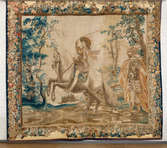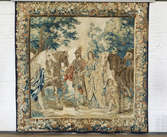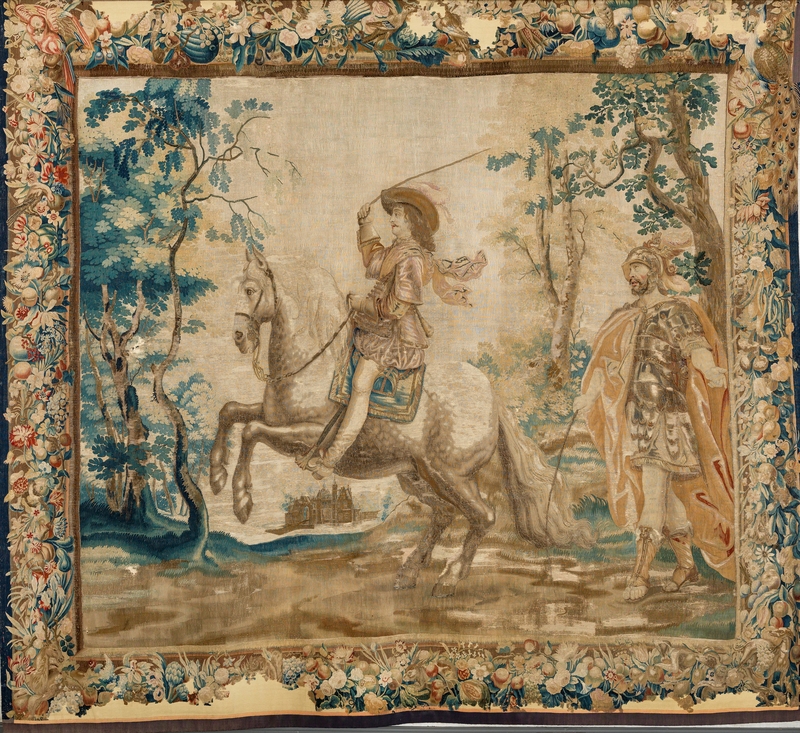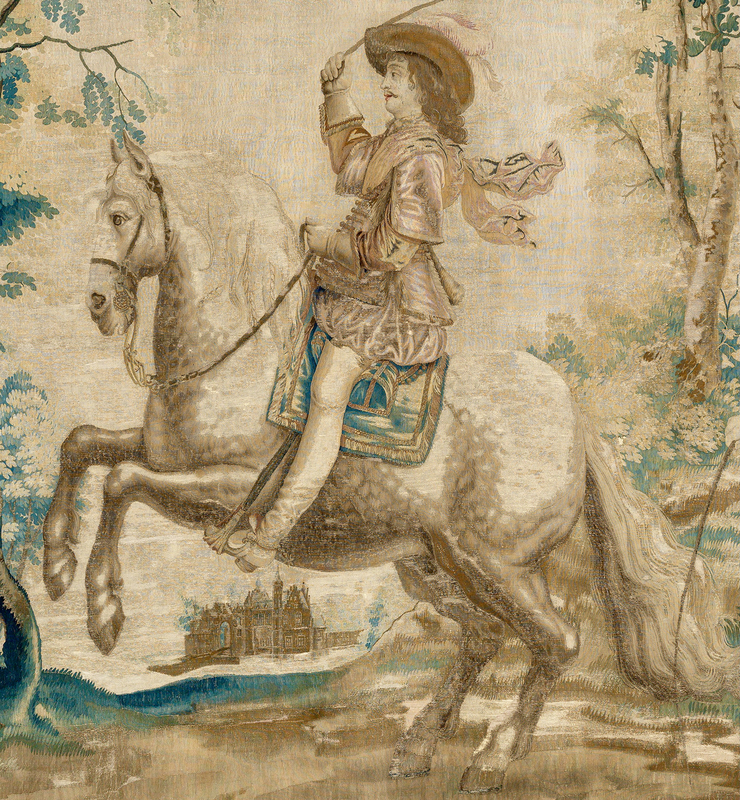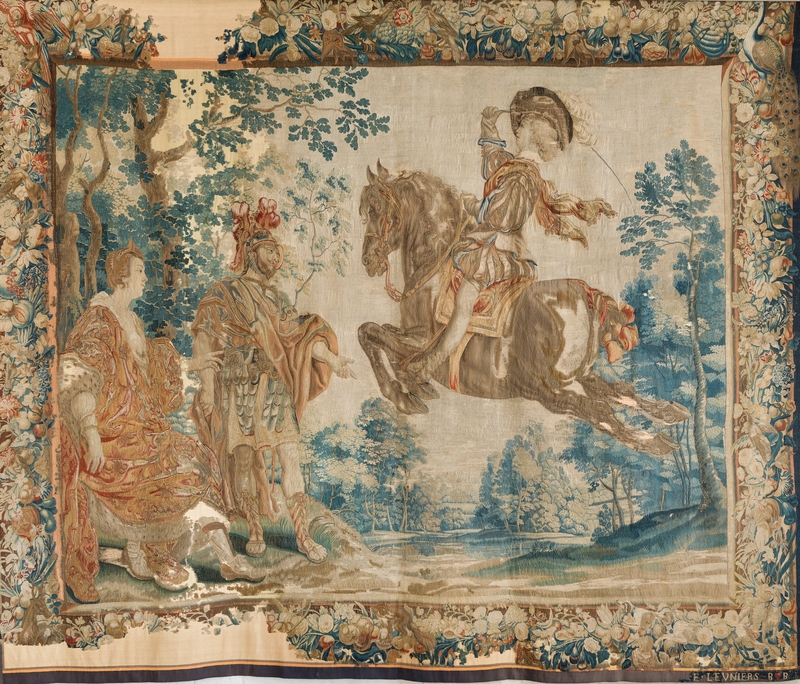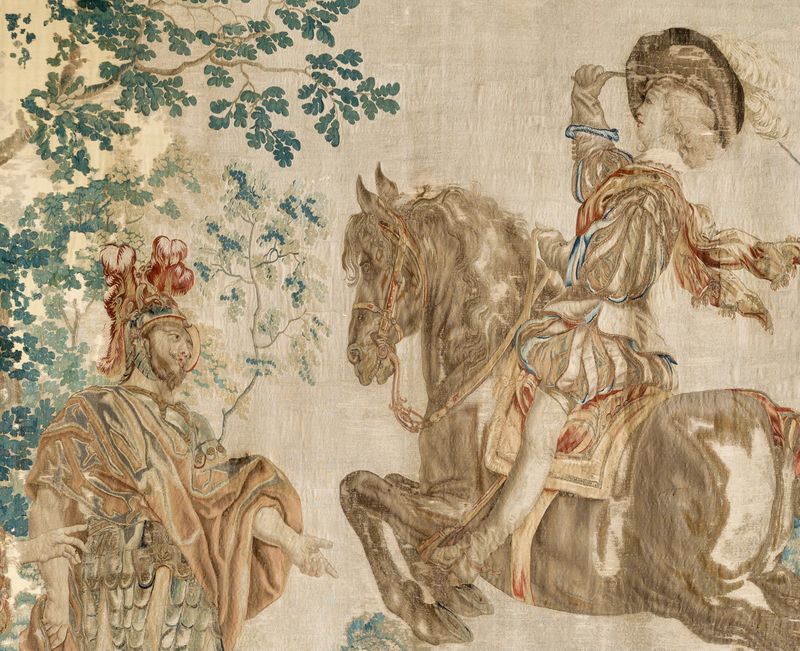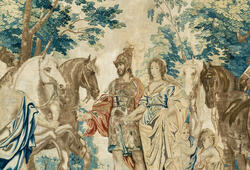Bauer, Rotraud. Tapisseries bruxelloises au siecle du Rubens. Brussels: Musée royaux d’Art D’Histoire, 1 July- 7 September 1977. (Introduction og Cat 1-24)
Brosens, Konrad. ‘‘Flemish Production, 1660 - 1715’’. Tapestry in the Baroque: Threads of Splendour, New York: The Metropolitan Museum of Art, Yale University Press, New Haven and London, 2007
Bugge, Astrid. ‘‘Brusseler-tapisseriene fra Tjøtta’’, Akershus slott venner årsskrift 1968, Oslo: Akershus slotts venner 1968.
Cichrová, Katerina. Vlámske tapiserie na zámcích Hluboká a Cesky Krumlov. Narodni Ceske Budejovice: Památkovy Ústav, 2014.
De Pluvinel, Antoine, L’instruction du Roy en L’exercice de monter a cheval, Amsterdam: 1868. Publ 1623
d’Hulst, Roger-A. Flämische Bildteppiche. Brüssel: Kunstverkag LArcade, 1961
Kavli, Guttorm, ‘’30 år for Akershus’’50 år for Akershus, Akershus slotts venners jubileumsskrift.d. Tschudi-Madsen Stephan. Oslo: Andresen & Butenschøn for Akershus slotts venner 2001., s. 215 - 220
Delmarcel, Guy. ‘‘Tapestry in the Spanish Netherlands,’ 1625-60’’. Tapestry in the Baroque: Threads of Splendour, New York: The Metropolitan Museum of Art, Yale University Press, New Haven and London, 2007
Nelson, Kristi: Jacob Jordaens Design for Tapestry. Belgium: Brepolis, 1998.
Schmitz-von Ledebur, Katja. ‘’26. The Creation of the Horse’’. Tapestry in the Baroque: Threads of Splendour, New York: The Metropolitan Museum of Art, Yale University Press, New Haven and London, 2007


